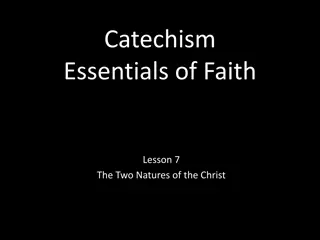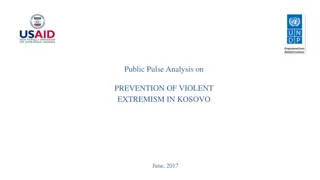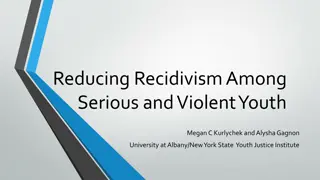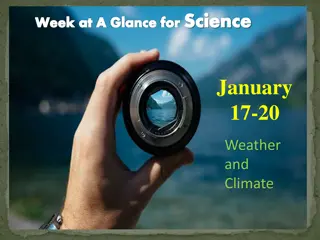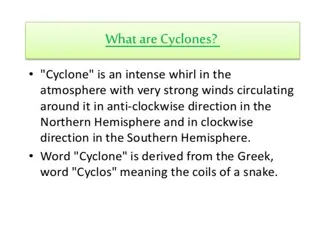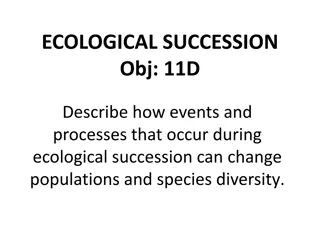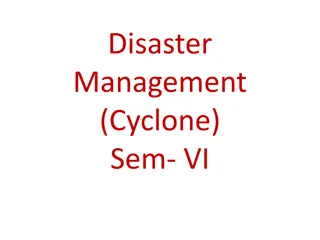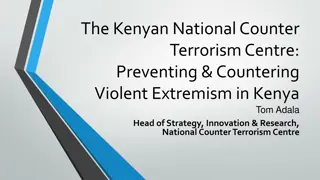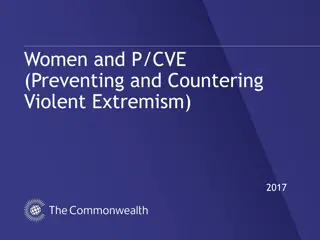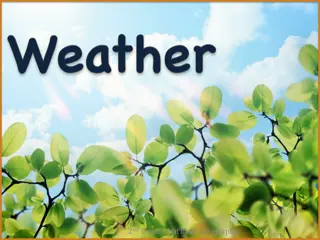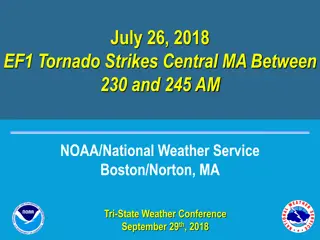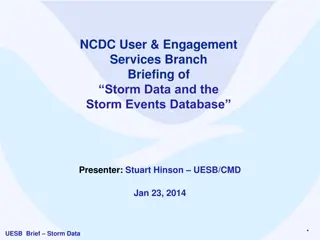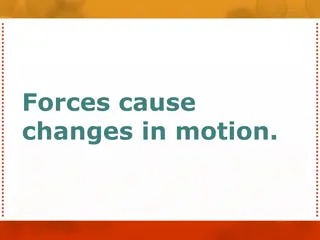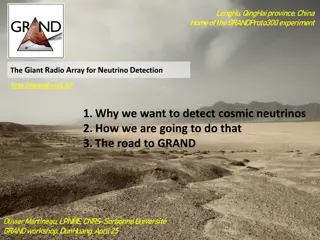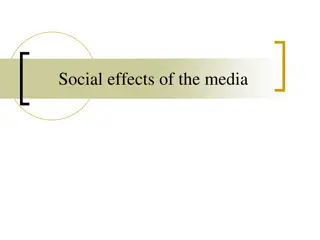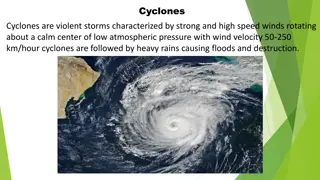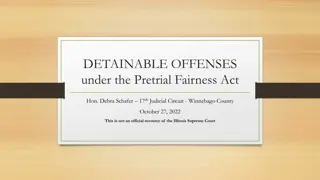Understanding Tornadoes: Nature's Violent Fury
Tornadoes, the smallest yet most violent storms, are swirling cones of wind and dust that can pick up debris like rocks, dust, glass, cars, and even cows. With wind gusts reaching up to 300 miles per hour, tornadoes cause widespread damage, splintering trees, damaging homes, and injuring or killing people and animals. Formed when warm and cold air masses collide, tornadoes are a deadly force of nature responsible for killing up to 70 people and injuring 15,000 individuals annually. Explore the science behind tornado formation, from supercell thunderstorms to mesocyclones, and learn about Tornado Alley, the region prone to these destructive storms.
Download Presentation

Please find below an Image/Link to download the presentation.
The content on the website is provided AS IS for your information and personal use only. It may not be sold, licensed, or shared on other websites without obtaining consent from the author. Download presentation by click this link. If you encounter any issues during the download, it is possible that the publisher has removed the file from their server.
E N D
Presentation Transcript
Tornados Smallest, most violent storms in the world Swirling cone of wind and dust A tornado picks up or sweeps up debris Rocks, dust, glass, cars/trucks, cows!
Tornado Damage Wind gusts up to 300 miles per hour Splintered trees Damaged homes Smashed cars People and animals hurt or killed Can drop objects miles away from their original location
Data Tornados kill up to 70 people per year Tornadoes can injure 15,000 people per year
How do Tornadoes Form? Warm air mass slams into a cold air mass
Supercell Thunderstorm Air is filled with moisture Warm air is near the ground A cold air mass is above the warm air Air masses meet
Updraft: Warm air rises Warm air cools as it rises When the air cools, the water in the air condenses Clouds form Clouds build up quickly and fill with rain
At 30,000 ft, the air will no longer rise The air will flatten out and spread out The storm looks like a wide flat cloud HIGH up the sky You can actually see the clouds rotating
Mesocyclone Winds at different heights move in different directions Winds move at different speeds OR BOTH!
Tornado Alley Tornado alley is perfect for the formation of tornados. Warm air mass flows in from the Gulf of Mexico Cold air flows down from Canada
Tornado Alley Warm air contains moisture Cold air is dry Conditions are perfect for the air masses to meet and fight with each other!! Tornado Season: March, April and May
Waterspouts Tornadoes that occur over water Pick up water, boats, other debris and fish! It can rain fish on land
EF Scale (Enhanced Fujita)_ Dr. Theodore Fujita Dr. Tornado Came up with a scale to measure the strength of tornados based on the damage they cause. EFO to EF6
STATS 74% of all tornadoes are EF0 to EF1 25% of tornadoes are EF2 EF3 1% of all tornadoes are EF4 EF5 Forecasters can not predict the strength of a tornado in advance.
Doppler Radar Uses invisible radio waves to locate objects Measures wind direction and speed Images can tell forecasters when a tornado is forming inside a mesocyclone
Anemometer Measures wind speed Cups catch the wind Cups spin around and how fast they spin determines the strength of the wind
Tornado Watch Conditions are right for a tornado to form The tornado watch can cover a large area This information comes from Doppler Radar
Tornado Warning A tornado has been spotted You should take cover immediately Sirens will go off A tornado warning covers a small area


